Your First Chiropractic Visit: What to Expect and How to Prepare
November 4, 2025
7 min

Understanding Your Initial Chiropractic Visit
Visiting a chiropractor for the first time can feel overwhelming, especially if you're unfamiliar with what the process entails. From comprehensive exams to personalized treatment plans, knowing what to expect and how to prepare can help you feel more comfortable and confident. This guide walks you through the typical first chiropractic appointment and offers helpful tips to make your visit at Back in Action Bodyworks a smooth and positive experience.
The First Consultation: What Happens During Your Initial Visit?

What should I expect during my first chiropractic consultation?
Your first chiropractic consultation duration usually takes about 45 minutes. This initial visit sets the foundation for your care by focusing on understanding your Consultation and Medical History Review, patient history and symptom assessment, and current symptoms deeply. You'll start by discussing your medical background, specific pain or discomfort, lifestyle, and any aggravating or relieving factors that affect your condition.
What does the comprehensive physical and chiropractic exam involve?
The chiropractor conducts a detailed Physical Examination at the Chiropractor to evaluate your Posture Analysis and Range of Motion Testing, spinal alignment, Range of Motion and Muscle Tone Evaluation, Muscle Tone and Strength Assessment. They also assess neurological functions through Nervous System Examination, Orthopedic tests in chiropractic exam to detect any nerve involvement or musculoskeletal misalignments that could be causing your symptoms.
When are diagnostic imaging methods like X-rays or MRI used?
X-rays in chiropractic evaluation, or MRI scans may be recommended if there's a need to better understand recent injuries, spinal deformities like scoliosis, or suspected soft tissue damage. These imaging tools are used selectively to avoid unnecessary radiation exposure but are essential for accurate diagnosis when trauma or misalignment is complex. See When X-Rays Are Taken and MRI scans for soft tissue assessment for more details.
How is the diagnosis explained, and what about treatment planning?
After completing the examination and reviewing any imaging, the chiropractor clearly explains their findings and diagnosis as part of the Chiropractor's treatment plan explanation. They work collaboratively with you to develop a Developing a Chiropractic Treatment Plan tailored to your specific needs. This plan outlines the types of treatments, Frequency of Chiropractic Adjustments, and expected progress, often presented in writing for your reference.
This thorough first consultation ensures you understand your condition, feel engaged in your care, and have a clear path toward recovery and wellness.
Preparing for Your First Chiropractic Appointment: Essential Tips

Arriving Early and Completing Paperwork
To ensure a smooth start, plan to arrive at least 15 minutes early. This allows ample time to fill out intake forms covering your medical history, current symptoms, and lifestyle factors. Completing paperwork beforehand helps the chiropractor have all the necessary information for your examination.
Bringing Medical Records and Insurance Information
Bring any relevant medical records, imaging results, a list of medications, and your insurance cards. Providing comprehensive health information enables your chiropractor to tailor a safe and effective treatment plan suited to your unique needs.
Wearing Comfortable, Loose Clothing
Wear loose and comfortable clothes that allow easy movement and access for physical assessments and adjustments. Avoid restrictive or tight outfits so your chiropractor can properly examine posture, range of motion, and perform treatments without hindrance.
Communicating Symptoms and Medical History Clearly
Be open and detailed when discussing your symptoms, pain characteristics, injuries, and any prior treatments. Clear communication is critical for accurate diagnosis and developing the right chiropractic care plan.
Understanding Chiropractic Philosophy and Treatment Approach
Chiropractic care focuses on holistic, non-invasive, drug-free methods aimed at restoring musculoskeletal alignment and promoting natural healing. Feel free to ask about the chiropractor’s education, licensing, and specific techniques to build trust and understanding of chiropractic philosophy and treatment approach.
How should I prepare for my first chiropractic visit?
To prepare, arrive early for paperwork, bring medical and insurance documents, wear comfortable clothing, and be ready to discuss your health history and symptoms. Understanding that chiropractic care emphasizes a holistic, drug-free approach will help you engage actively in your treatment journey.
What to Expect During Your Chiropractic Adjustment

What happens during a chiropractic adjustment and is it painful?
A chiropractic adjustment, also known as spinal manipulation, involves a trained chiropractor applying a controlled, sudden force specifically to spinal joints. The patient usually lies face down on a specially designed chiropractic table, allowing the chiropractor to target specific joints and improve their alignment and overall motion.
Common popping or cracking sounds and what they mean
During the adjustment, you might hear popping or cracking sounds. These sounds come from the release of gas bubbles trapped within the joint fluid and are completely normal. The noises do not indicate harm or damage, but rather that a joint has adjusted.
Pain expectations and rare risks
Adjustments are generally painless and designed to relieve discomfort. However, some patients might feel mild soreness or fatigue afterward, which typically resolves within a day or two. Serious complications, such as herniated discs risk from chiropractic adjustment, nerve pressure, or stroke, are very rare and usually only occur if adjustments are performed improperly or by unlicensed practitioners.
Typical side effects and post-adjustment sensations
Common side effects after a session include mild headaches, localized pain, tiredness, or a sensation similar to post-workout muscle soreness. These effects usually fade quickly as the body adapts to improved joint function.
How adjustments aim to improve mobility and reduce pain
The goal of chiropractic adjustments is to restore proper joint motion, reduce muscle tension, alleviate nerve irritation, and improve overall spinal function. Many patients experience increased range of motion, less muscle stiffness, and an overall sense of well-being following treatment. This hands-on approach supports the body’s natural healing processes without medication or surgery.
Post-Treatment Experiences and Follow-Up Care
What should I expect after my first chiropractic adjustment?
After your first chiropractic adjustment, many patients notice an immediate reduction in Reduced Muscle and Joint Tension. This often leads to Increased Mobility After Treatment and an overall sense of Overall Well-Being Improvement. Some describe feeling similar to post-exercise soreness, which is normal and typically temporary.
Possible mild side effects
Mild side effects can include soreness in the treated areas, headaches, fatigue, dizziness, or a light sense of nausea. These effects are usually short-lived, resolving within a few days after the adjustment. If any discomfort persists or worsens, it’s important to inform your chiropractor.
Typical treatment duration and visit frequency
Chiropractic care often involves Frequency of Chiropractic Adjustments at the start of treatment to address acute symptoms. As progress is made, the frequency typically tapers to maintenance or preventative care intervals. The length and number of visits depend on your individual condition and response to treatment.
Additional therapies commonly included
Complementary treatments like massage therapy, electrotherapy, heat and cold applications, and exercises are frequently incorporated to support healing and improve outcomes. These modalities contribute to pain relief, muscle relaxation, and stiffness reduction.
Importance of communication and adherence
Maintaining open communication with your chiropractor about how you feel post-treatment and any concerns you have is crucial. Understanding and following your Developing a Chiropractic Treatment Plan enhances effectiveness and supports steady recovery.
| Aspect | What to Expect | Notes |
|---|---|---|
| Immediate Effects | Reduced tension, improved mobility | May feel like mild soreness |
| Common Side Effects | Soreness, headaches, fatigue, dizziness | Usually resolves within days |
| Treatment Duration & Frequency | Multiple sessions, starts frequent, then tapers | Customized to individual needs |
| Additional Therapies | Massage, electrotherapy, heat/cold, exercises | Enhances recovery and pain management |
| Communication | Essential for tailoring treatment and addressing concerns | Helps ensure safe and effective care |
Holistic Approach and Long-Term Benefits of Chiropractic Care
How does chiropractic care promote overall wellness and long-term health?
Chiropractic care is not just about relieving symptoms; it focuses on the root causes of pain by improving musculoskeletal health and spinal alignment. This holistic approach restores proper function and helps prevent future problems by addressing underlying issues rather than just masking pain.
Practitioners integrate lifestyle advice such as nutrition, regular exercise, posture improvement, and ergonomic adjustments to support overall health. For example, guidance on dietary choices, stretching routines, and workplace ergonomics enhances the effectiveness of spinal adjustments and supports recovery.
Common conditions benefiting from chiropractic care include back pain, neck pain, headaches, and musculoskeletal injuries from accidents or chronic strain. Beyond pain relief, patients often experience improved mobility, reduced muscle tension, and greater well-being.
Education plays a crucial role, as chiropractors empower patients to actively participate in their care with clear explanations of treatment plans and self-care strategies. This involvement promotes long-lasting health benefits.
Safety is paramount; chiropractors carefully screen for contraindications for chiropractic treatment to ensure treatments are appropriate, minimizing risks. When performed by licensed professionals, chiropractic care is a safe, non-invasive option supporting long-term wellness.
Getting the Most from Your Chiropractic Journey
Your first chiropractic visit is an important step toward improved musculoskeletal health and overall well-being. By understanding the consultation process, preparing effectively, and knowing what to expect during and after adjustments, you can approach your care with confidence. Back in Action Bodyworks combines expert chiropractic techniques with a holistic, patient-centered approach designed to address the underlying causes of discomfort and support long-term health. Open communication and a personalized treatment plan are key to maximizing the benefits of chiropractic care.
Recent articles

Inspiring Patient Testimonials Highlighting Chiropractic Success

Chiropractic Care: A Natural Solution for Back Pain Relief
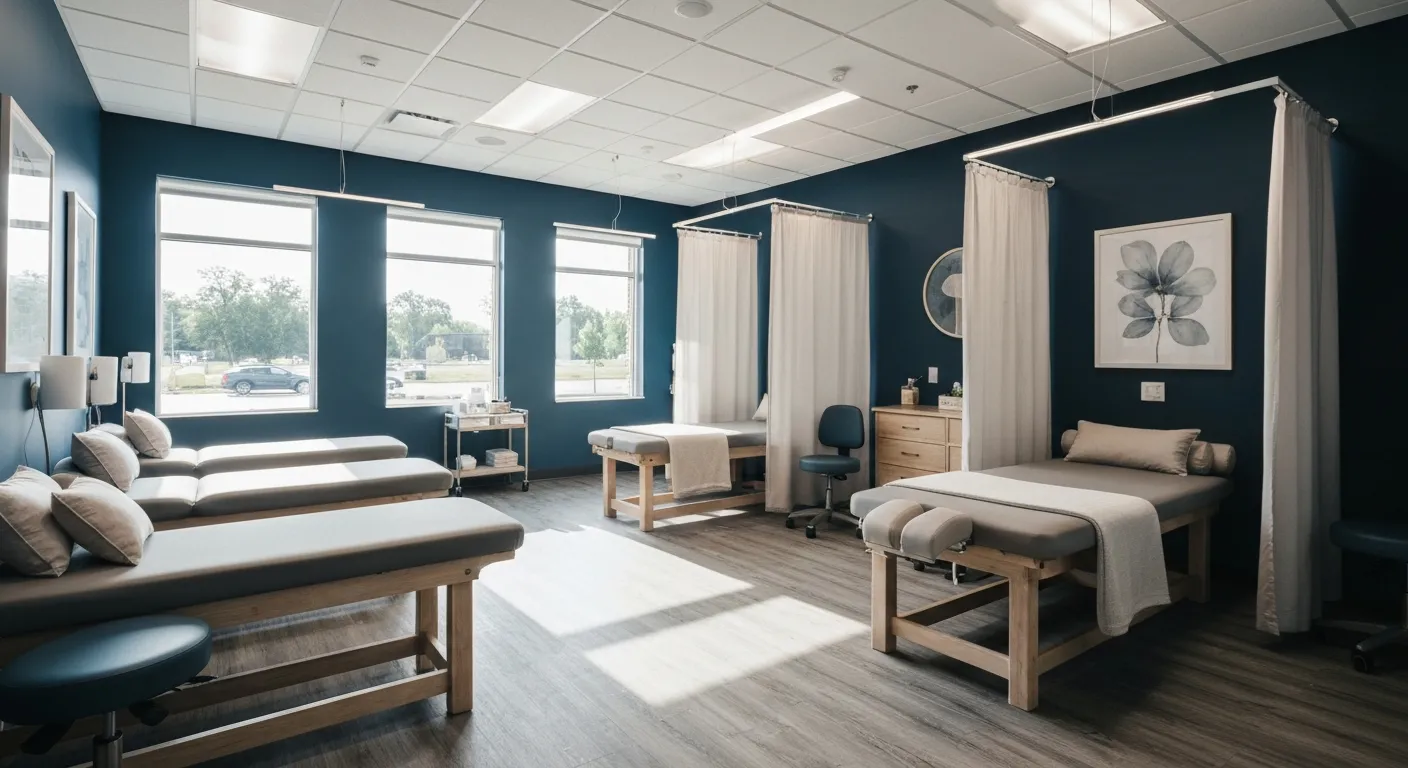
Amazing Patient Success Stories in Chiropractic Wellness

Combining Physiotherapy and Chiropractic for Optimal Healing

Spinal Decompression Therapy: A Breakthrough for Sciatica Sufferers

5 Holistic Treatments That Complement Chiropractic Care

How Physiotherapy Supports and Enhances Chiropractic Treatment

Root Cause Versus Symptom Treatment: Making the Right Choice

7 Essential Things to Know Before Choosing Your Chiropractor
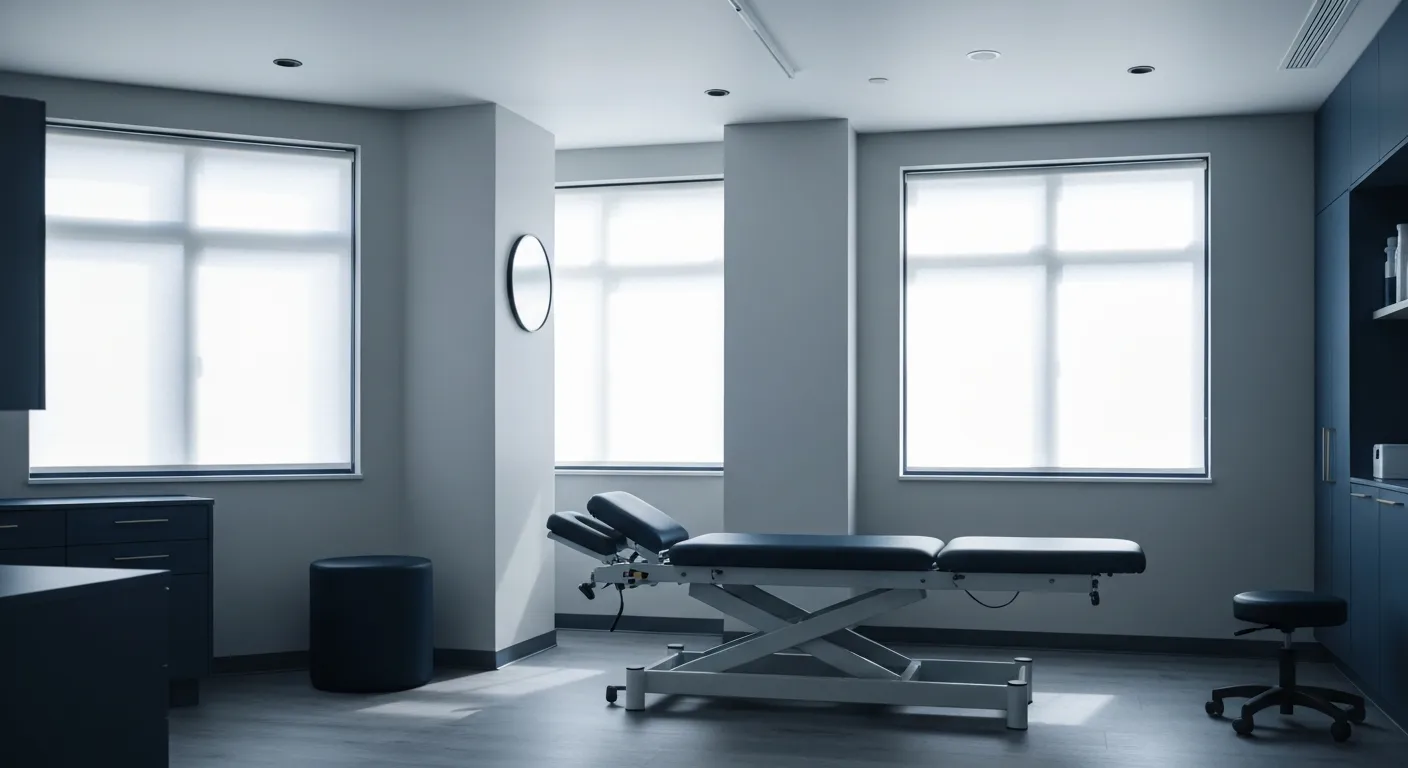
Why Addressing Root Causes of Pain Matters More Than Just Symptoms

Nutritional Counseling Strategies to Boost Your Overall Wellness

How Spinal Decompression Therapy Alleviates Sciatic Nerve Pain
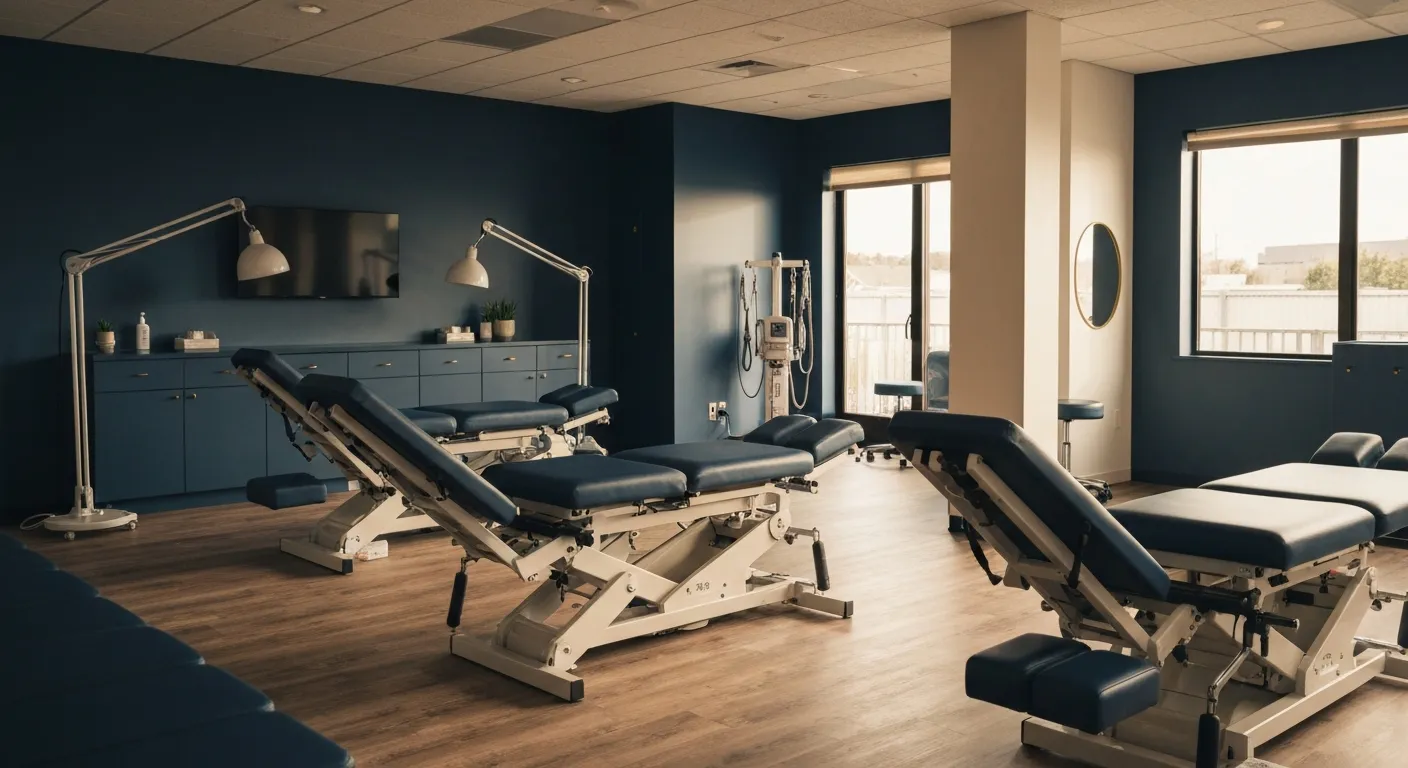
Long-Term Pain Relief Through Targeted Corrective Exercises

10 Benefits of Integrating Physiotherapy with Chiropractic Treatments

Corrective Exercises That Help Prevent Recurring Pain

8 Corrective Exercises Proven for Lasting Pain Relief

Lifestyle Habits for Maintaining a Healthy Spine

What You Will Experience at Your Initial Chiropractic Visit

What Happens at Your First Visit to a Chiropractor?

Focusing on Root Cause Analysis for Effective Pain Relief
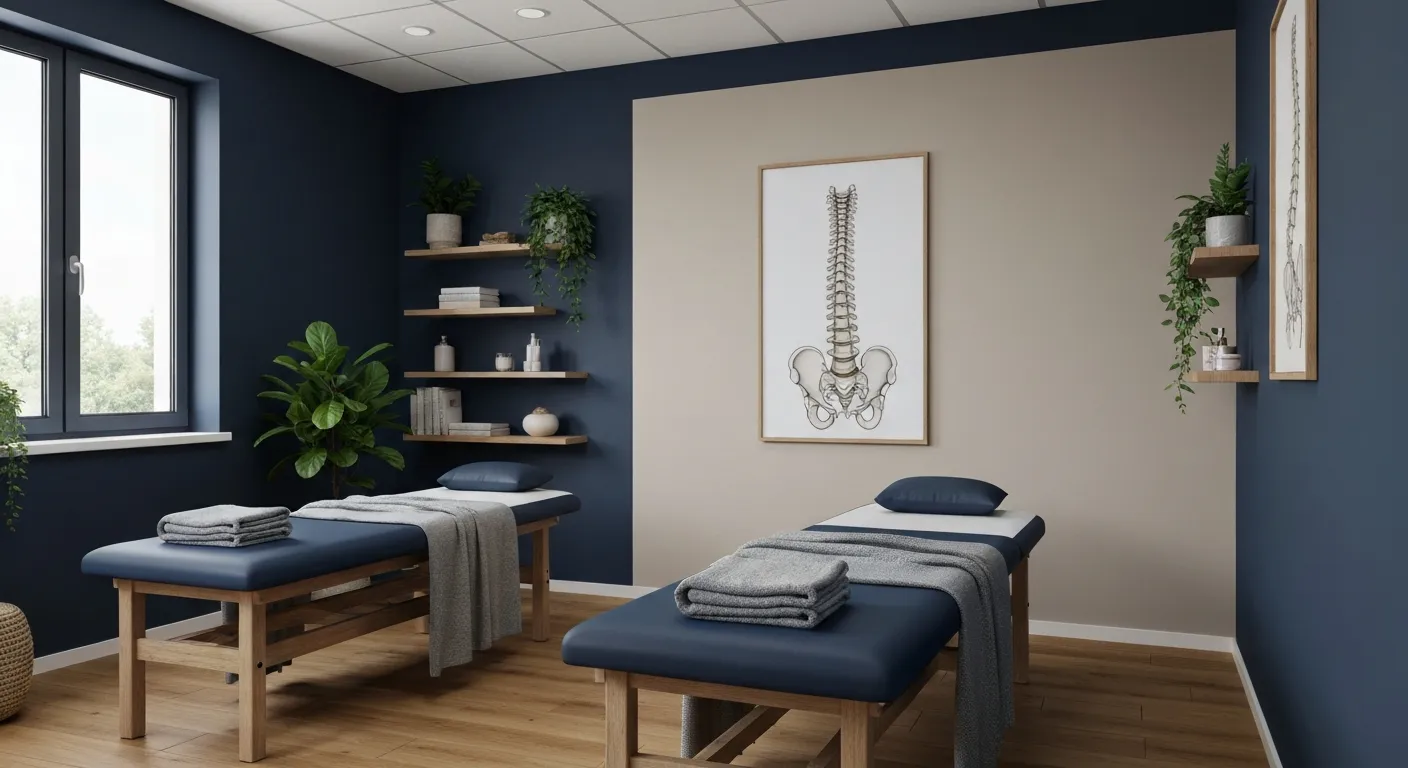
Tips for Lifestyle Changes to Support Spinal Health

Tips for Lifestyle Changes to Support Spinal Health

Holistic Treatment Plans: Alternatives to Surgery for Chronic Pain

Enhance Wellness Through Personalized Nutritional Counseling

Non-Invasive Pain Relief: Exploring Holistic Treatment Alternatives
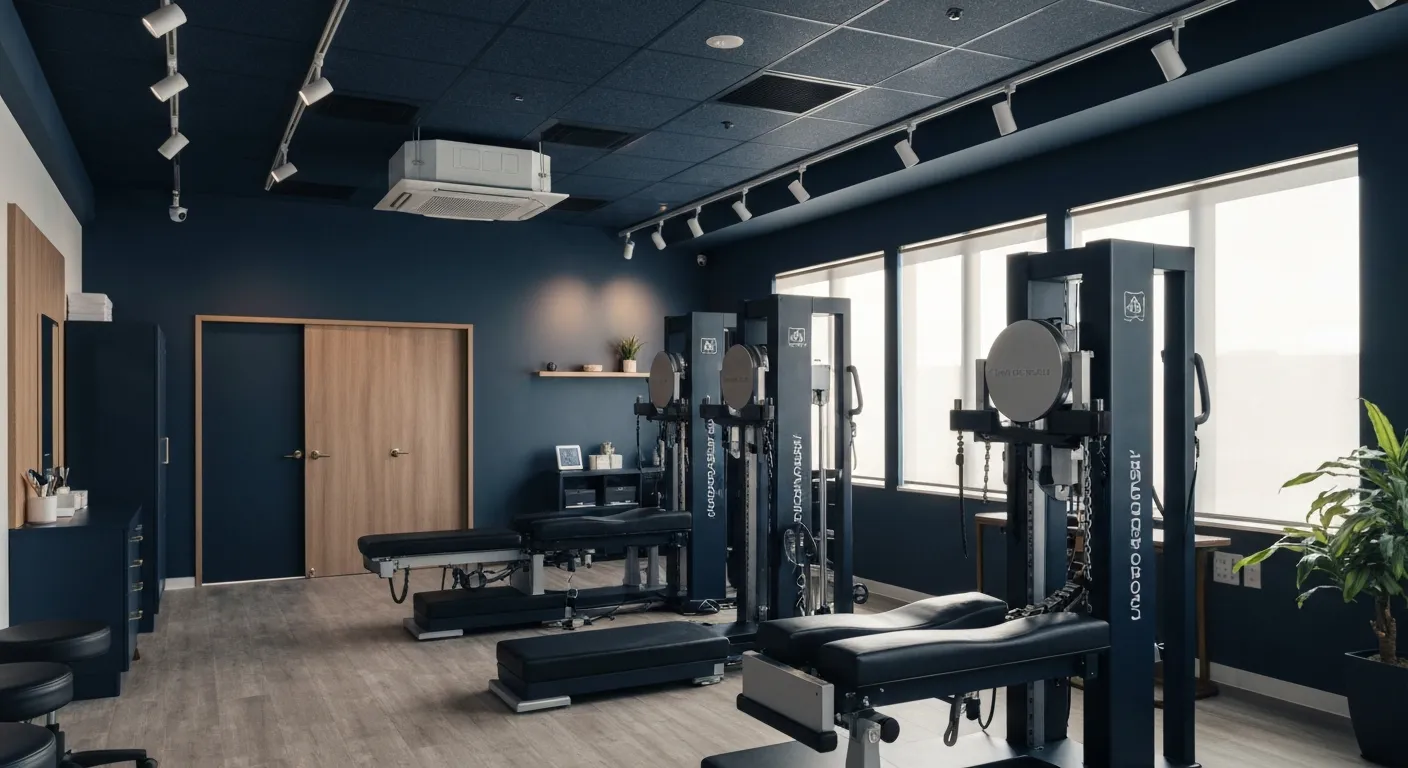
Sciatica Relief Through Targeted Spinal Decompression

Integrating Physiotherapy with Chiropractic Treatments for Better Results

Testimonials That Demonstrate the Benefits of Chiropractic Care

The Power of Corrective Exercises in Pain Management

A Step-by-Step Guide to Your Initial Chiropractic Consultation

9 Nutritional Tips to Enhance Your Chiropractic Wellness Journey

Patient Experiences: How Chiropractic Care Changed Their Lives

Lifestyle Recommendations to Keep Your Spine in Top Shape

Effective Corrective Exercises for Long-Term Pain Relief

Back Pain Benefits: What Chiropractic Care Can Do for You

Spinal Decompression Techniques for Effective Sciatica Relief

Top Nutritional Counseling Tips for Enhanced Wellness

6 Lifestyle Habits That Boost Spine Health Daily

Discover Holistic and Non-Surgical Pain Relief Solutions

Exploring Holistic and Non-Surgical Treatment Options for Pain
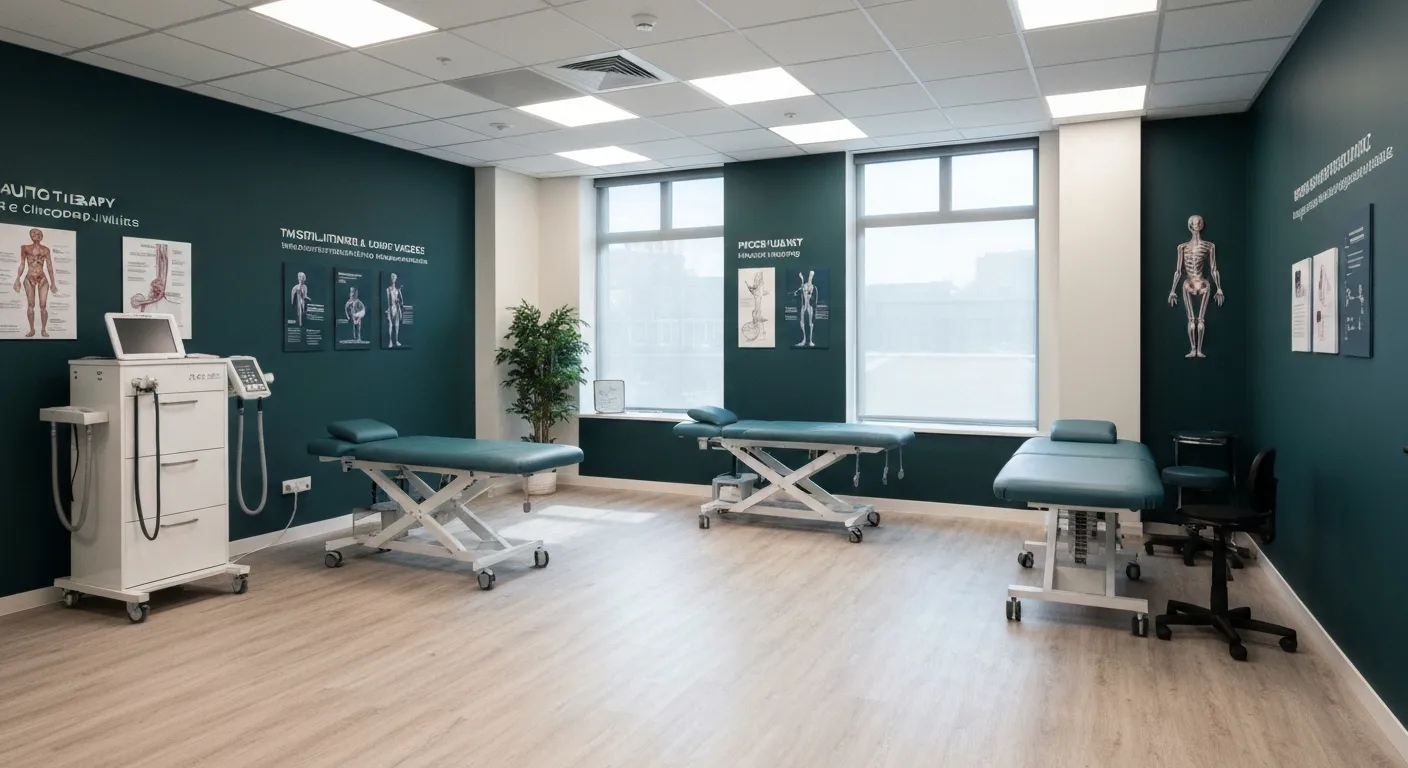
The Role of Physiotherapy in Enhancing Chiropractic Care Outcomes

Complementing Chiropractic Care with Physiotherapy: What You Need to Know

What to Expect During Your First Chiropractic Visit

Simple Lifestyle Adjustments to Maintain a Healthy Spine

Personalized Nutritional Counseling for Improved Health Outcomes

Exploring Non-Surgical Treatments for Spine-Related Conditions
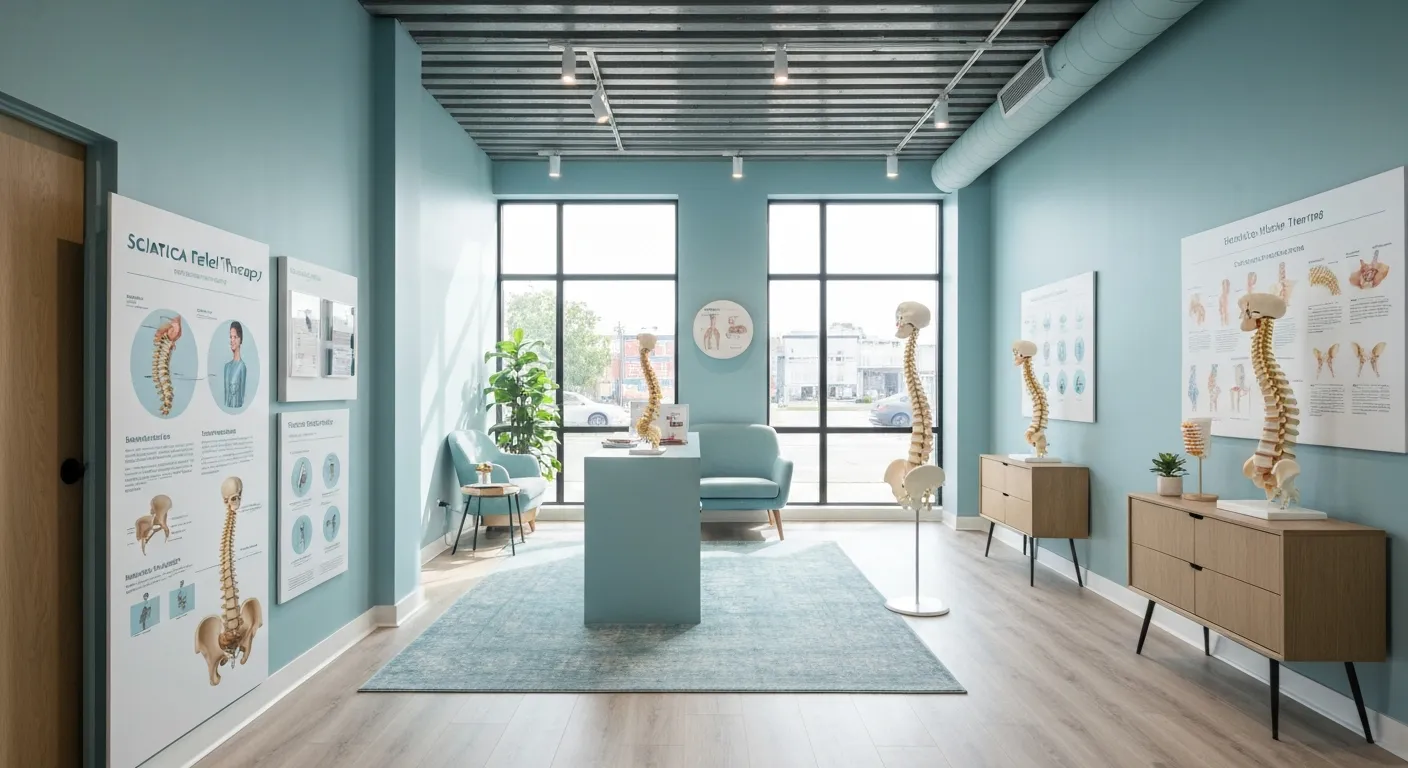
An Introduction to Spinal Decompression for Sciatica Patients

Transformative Success Stories: Patient Experiences with Chiropractic Treatments
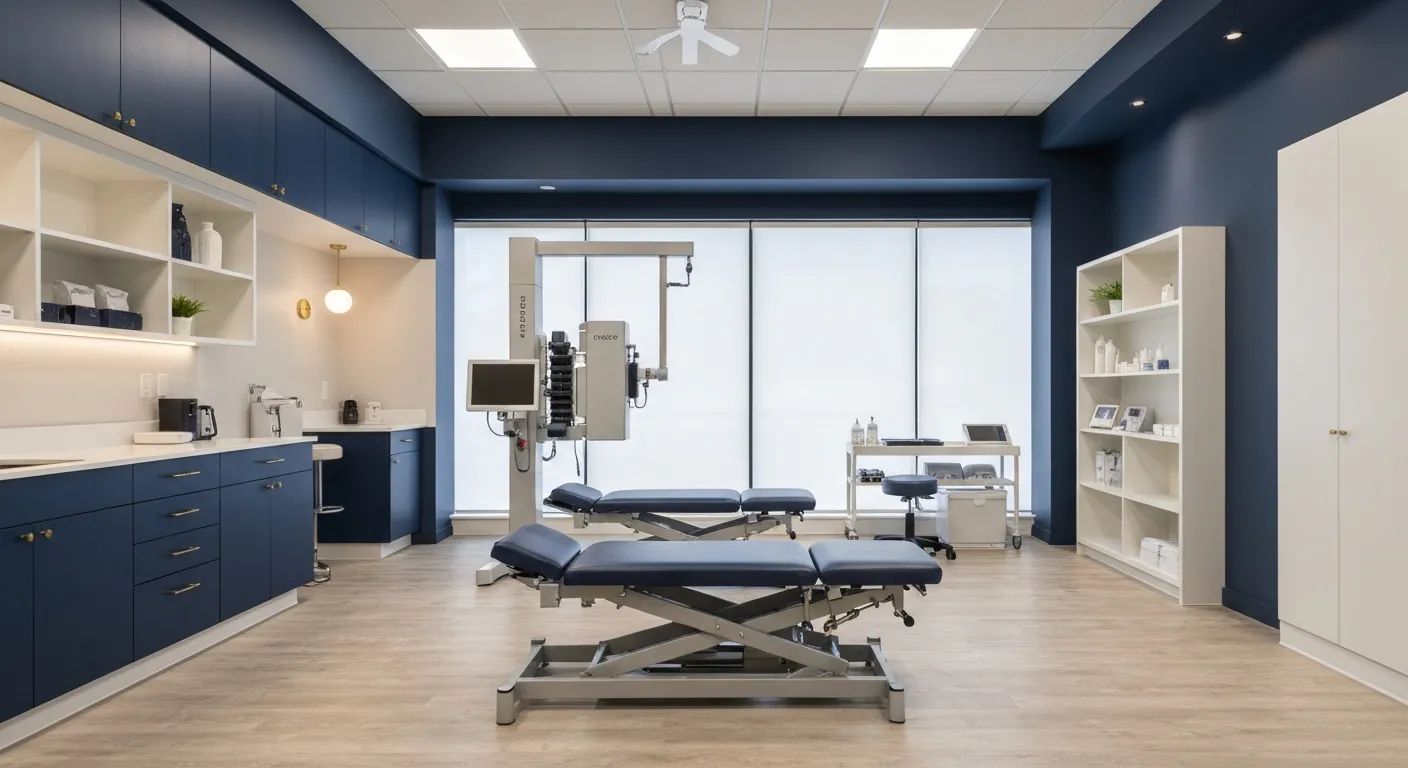
Why Chiropractic Care Is Essential for Back Pain Relief

Addressing Underlying Causes Versus Symptom Management in Pain Care

The Role of Nutrition in Enhancing Chiropractic Treatment Effectiveness
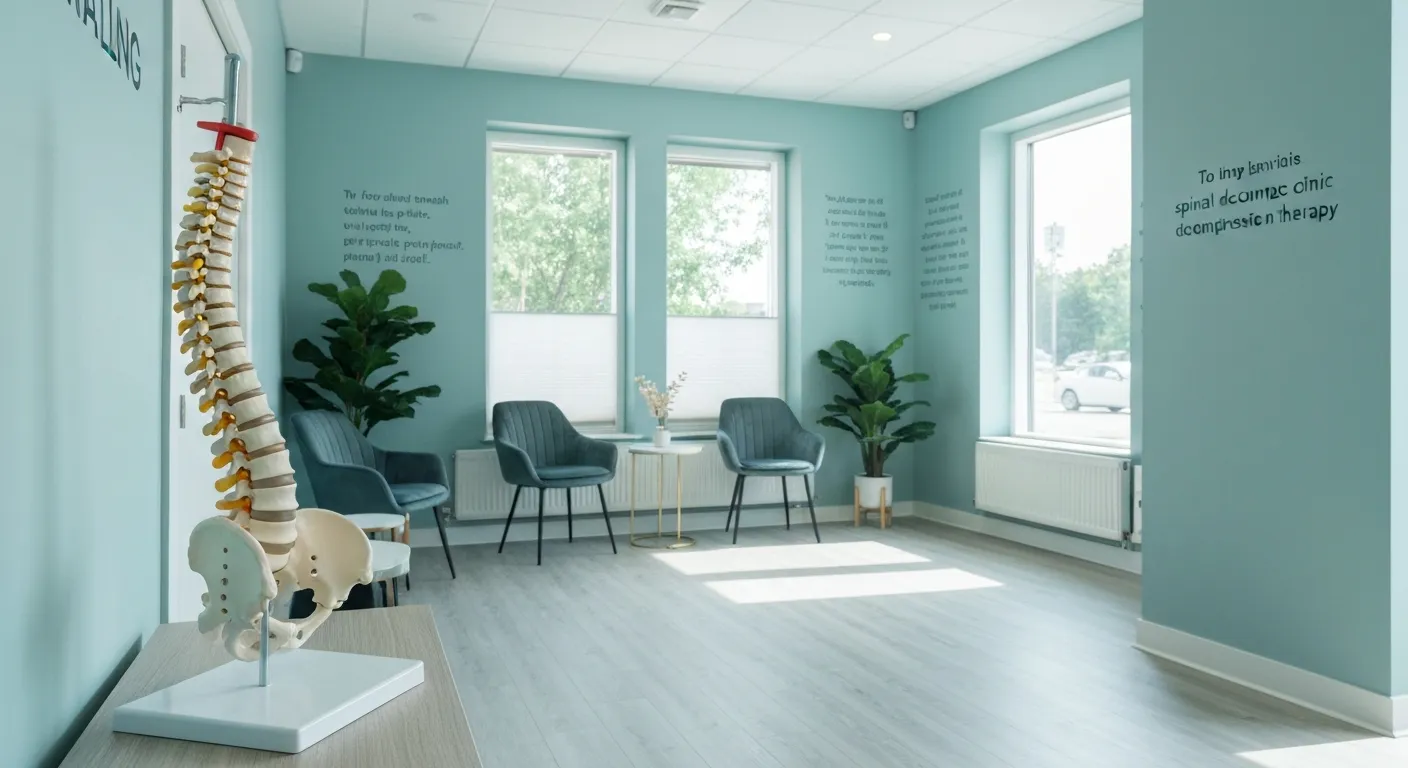
Sciatica Treatment Options: Is Spinal Decompression Right for You?

Lifestyle Tips to Maintain a Healthy Spine and Prevent Back Issues

The Synergy Between Physiotherapy and Chiropractic Treatments

What Happens During Your Initial Chiropractic Consultation

Effective Corrective Exercises for Sustainable Pain Management

Taking a Root Cause Approach to Chronic Pain Management

Holistic Pain Management Techniques Without Surgery

How Patient Success Stories Validate Chiropractic Care Benefits

Spinal Decompression: Innovative Treatment for Sciatic Nerve Pain

Spinal Decompression Therapy: A Non-Invasive Approach to Sciatica Relief

Exploring Holistic Approaches Beyond Surgery for Pain Relief

Practical Lifestyle Advice to Support a Healthy Spine Every Day

Corrective Exercise Routines Designed for Long-Term Pain Prevention

Real Patient Stories: Overcoming Chronic Pain with Chiropractic Care

Lifestyle Changes That Promote a Healthy Spine and Prevent Injury

How Addressing the Root Cause of Pain Leads to Lasting Relief

Non-Surgical Holistic Therapies to Manage Chronic Pain Effectively

Nutritional Counseling's Impact on Physical Health and Healing

Benefits of Regular Chiropractic Care for a Stronger Back

Your First Chiropractic Visit: What to Expect and How to Prepare

Patient Experiences: How Chiropractic Care Transformed Their Lives

Exploring Holistic, Non-Surgical Options for Pain Management

Combining Physiotherapy with Chiropractic Treatments for Enhanced Recovery

Holistic Treatments That Offer Alternatives to Surgery for Pain Relief

Corrective Exercise Strategies for Long-Term Spine Health

How Physiotherapy Complements Chiropractic Adjustments for Better Outcomes

First-Time Chiropractic Visitors: What You Should Know

Understanding the Importance of Treating Pain at Its Source

Adopting Lifestyle Changes to Support Your Spine's Wellness

Utilizing Physiotherapy to Enhance Chiropractic Treatment Outcomes

The Key Advantages of Chiropractic Care for Back Pain Sufferers

Why Focusing on Root Causes Improves Pain Treatment Success

Corrective Exercises That Promote Lasting Pain Relief and Mobility

Sciatica Relief Through Targeted Spinal Decompression Techniques

Preparing for Your First Chiropractic Appointment with Confidence

Healthy Lifestyle Habits for Maintaining Spinal Alignment

Success Stories Highlighting Chiropractic's Role in Pain Recovery

Top Benefits of Chiropractic Care for Chronic Back Pain

Nutrition Tips to Boost Your Overall Wellness and Recovery

How Chiropractic Care Alleviates Back Pain Naturally

How Nutritional Counseling Supports Overall Wellness and Spine Health

Step-by-Step Guide to Your First Visit with a Chiropractor

Using Nutrition to Support Chiropractic and Overall Wellness

Integrating Physiotherapy in Your Chiropractic Healing Journey

Integrating Physiotherapy in Your Chiropractic Healing Journey

How Physiotherapy Complements Chiropractic Adjustments for Faster Healing

Lifestyle Tips for Maintaining a Healthy Spine and Preventing Back Pain

Heartwarming Patient Testimonials Highlighting Chiropractic Success

